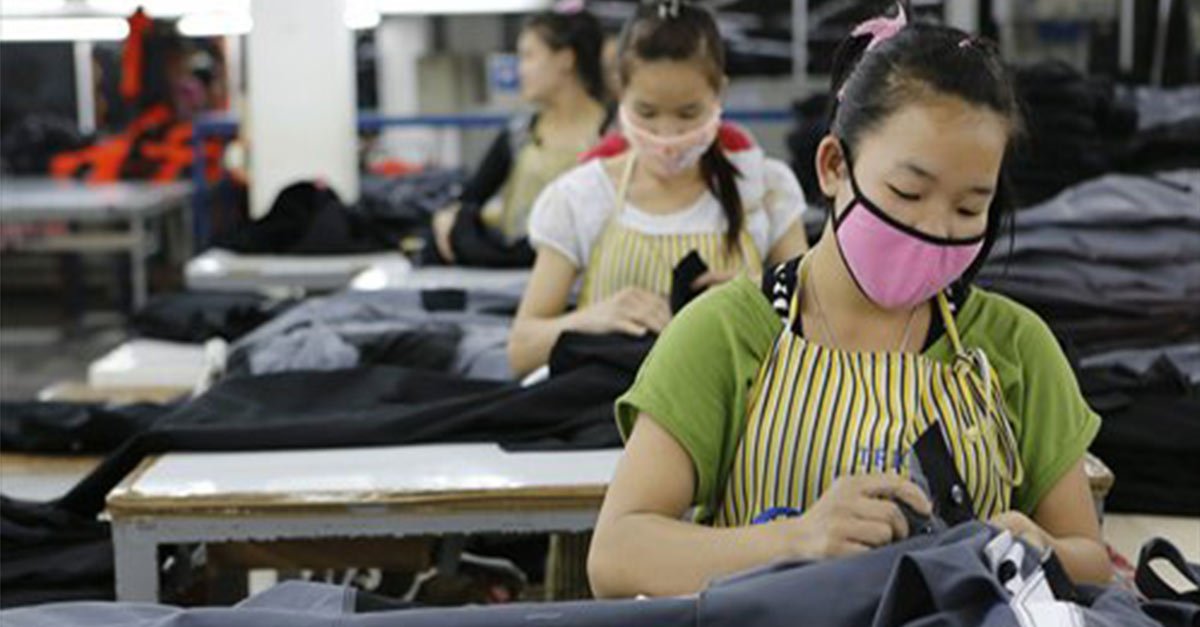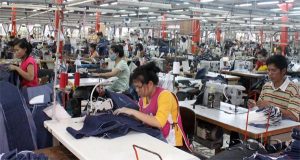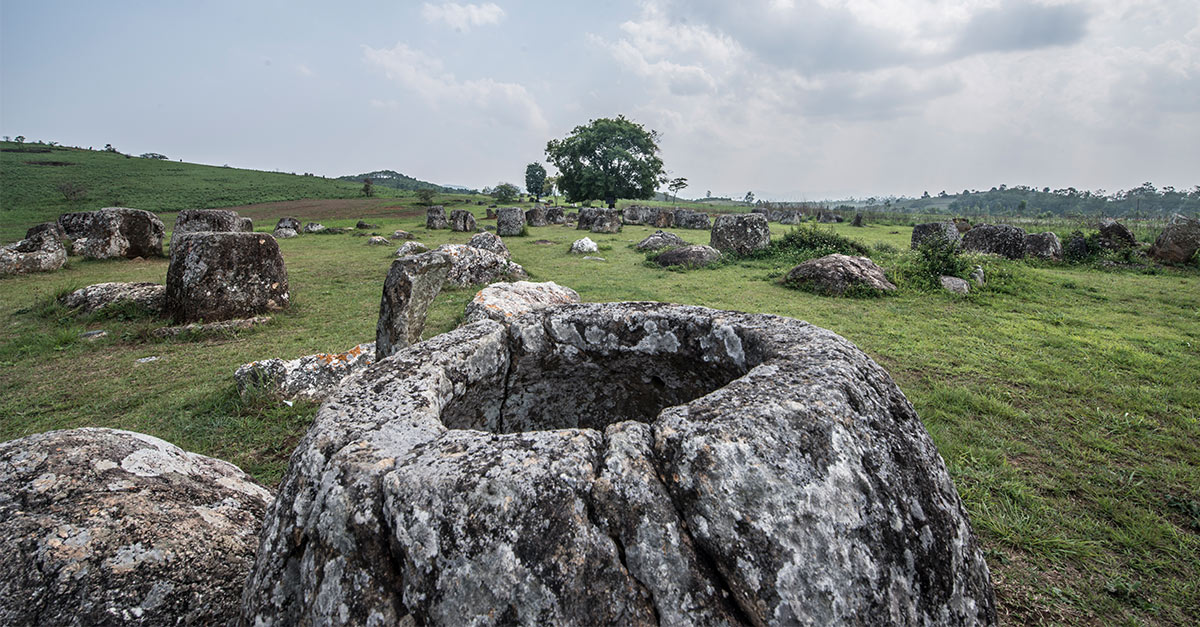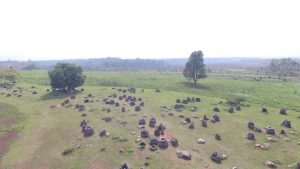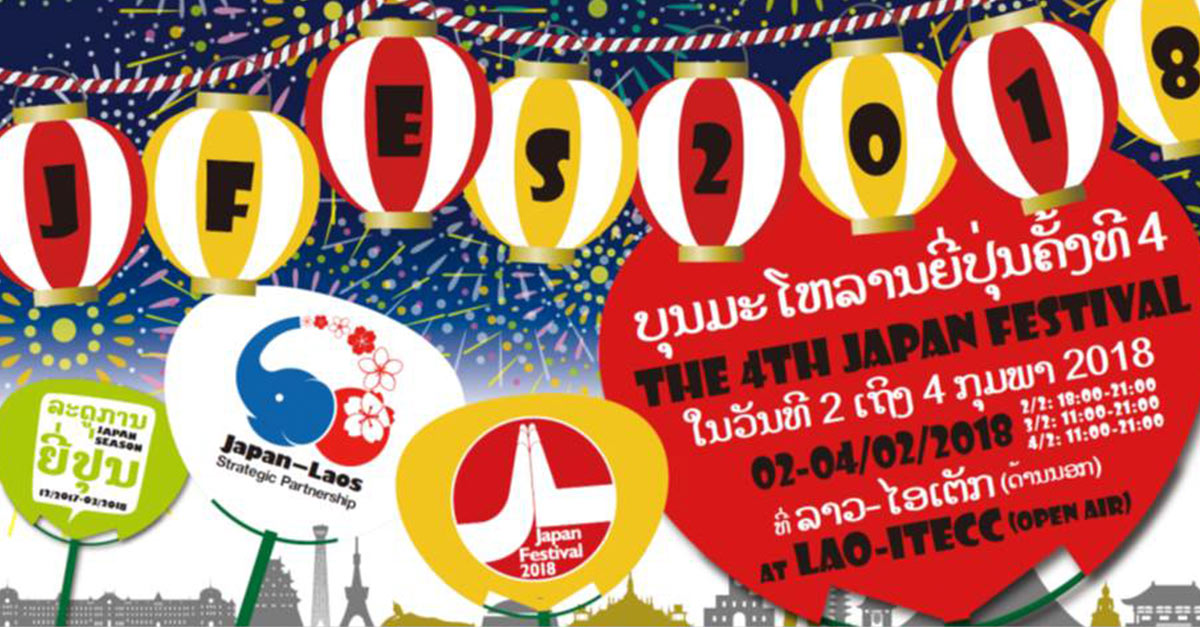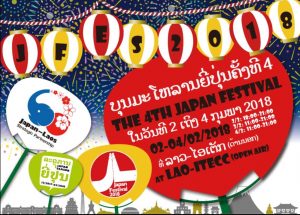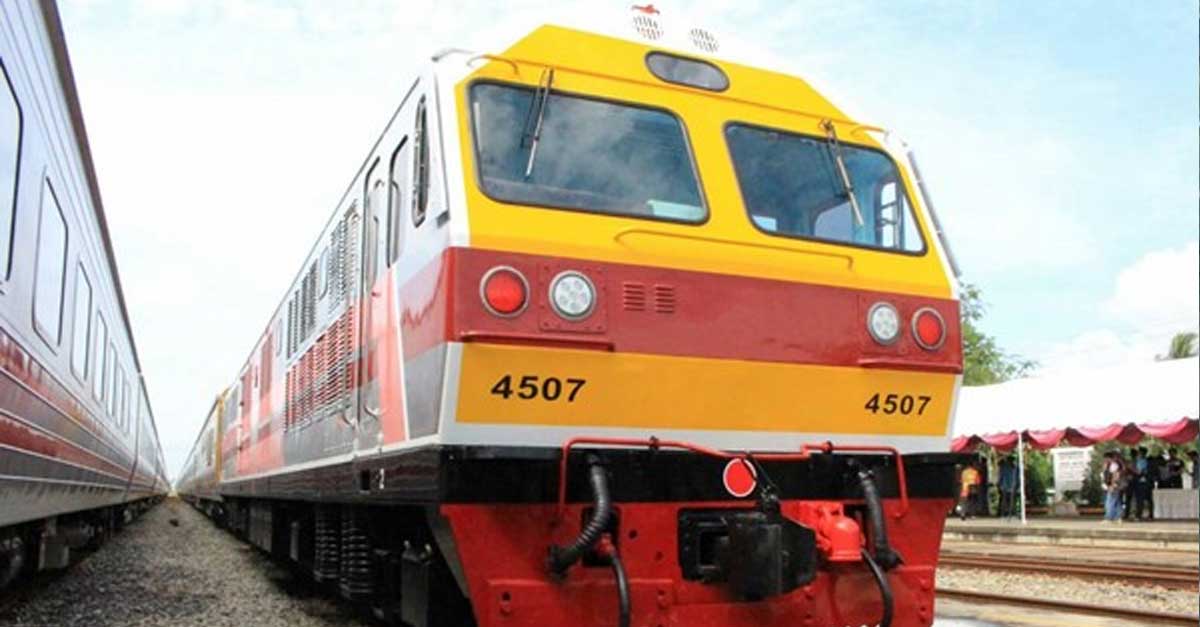Maybank Group through its Corporate Responsibility arm, Maybank Foundation, has expanded its “Maybank Women Eco Weavers” programme to Laos making it the third country in Asean to have such an initiative.
This follows the successful running of the Eco-Weavers Programme in Indonesia and Cambodia, where it has been instrumental in further promoting the traditional art of textile weaving and creating business opportunities for underprivileged women thus enabling them to enjoy financial independence.
The programme was inaugurated by Mrs Outen Masyxonxai, Deputy Governor, Xieng Kuang province, together with the Chairman of Maybank and Maybank Foundation, Datuk Mohaiyani Shamsudin and Madam Kommaly Chanthavong, Founder of Mulberries Laos. Also present at the event were His Excellency Mohd Aini Atan, Malaysian Ambassador to Laos, Ms Khanlasy Keobounphan, Director General of Intellectual Property, Ministry of Science and Technology, Mr Bouthsakone Inthalangsee, Director of Clean Agriculture Standard Centre, Ministry of Agriculture and Forestry, Ms Chanthone Chanthachith, Director of The State-Owned Enterprise of Lao Cotton and Standing Committee of Lao National Chamber of Commerce, Mr Dongtien Bounmiaphai, Deputy BM of Bank of Lao,Xieng Kuang province, Mr Soon Su Long, CEO of Maybank Indochina and Mr Shahril Azuar Jimin, CEO of Maybank Foundation.
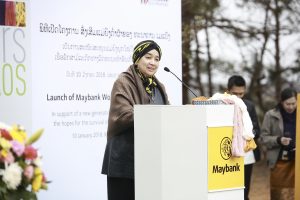
Speaking at the launch, Datuk Mohaiyani said, “Since the inception of the programme in both Indonesia and Cambodia, we have seen great traction shown by the communities in those countries. From this progress, it has further propelled us to expand this program to Laos. It is without doubt, this program will continue to empower the lives of the women in the communities we serve, revive the textile industry, and subsequently contribute to the economic development of the respective countries.”
In Laos, the Maybank Women Eco-Weavers programme will partner Mulberries, a social enterprise and cooperative founded by Madam Kommaly Chanthavong, a Ramon Magsaysay Award recipient and Noble Peace Prize nominee. The programme seeks to empower and train women weavers with silk weaving skills and to also conduct the sericulture programme for Mulberry tree farmers.
Maybank Foundation CEO, Shahril Azuar Jimin said, “The Maybank Women Eco-Weavers programme is in a class of its own as it helps to sustain local heritage and cultures as well as help build the capacity of new weavers. The key focus is to preserve, sustain and promote traditional textile making techniques that produces modern fashion in an environmentally friendly manner.”
In conjunction with the launch, Maybank Foundation also unveiled a Maybank Eco-Weavers Hostel, catered for the eco-weaver trainees. The hostel was built to address transportation challenges currently faced by the new trainees, who had to travel for as long as two days to reach the farm to attend the 15-day on-site training. The creation of the building was a collective effort by Maybank together with Laos programme partner Mulberries in Xieng Khuoang Province, Laos.
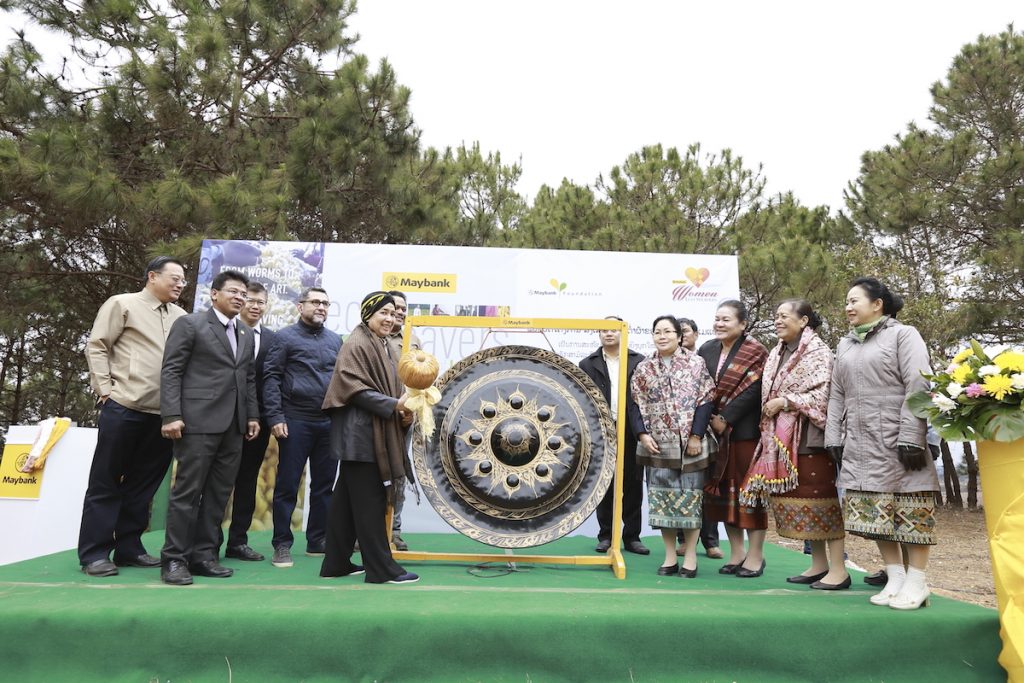
In Cambodia, the Eco-Weavers programme has already trained 74 new women weavers, engaged more than 190 farmers and planted more than 30,000 mulberry trees as the main food source for the silkworms in the production of raw silk. In Indonesia, the programme has trained 200 new women weavers and provided microfinance to 80 new weavers.
The Eco-Weavers programme is supported by the ASEAN Foundation as it is an evolving common mission to preserve ASEAN’s cultural heritage and contribute towards building the ASEAN identity.
Maybank Foundation is the corporate responsibility arm of the Maybank Group, which seeks to positively impact communities in markets that Maybank operates. The Foundation’s programs are focused on six key pillars which are Education, Community Empowerment, Healthy Living, Arts & Culture and Environmental Diversity and Disaster Relief.


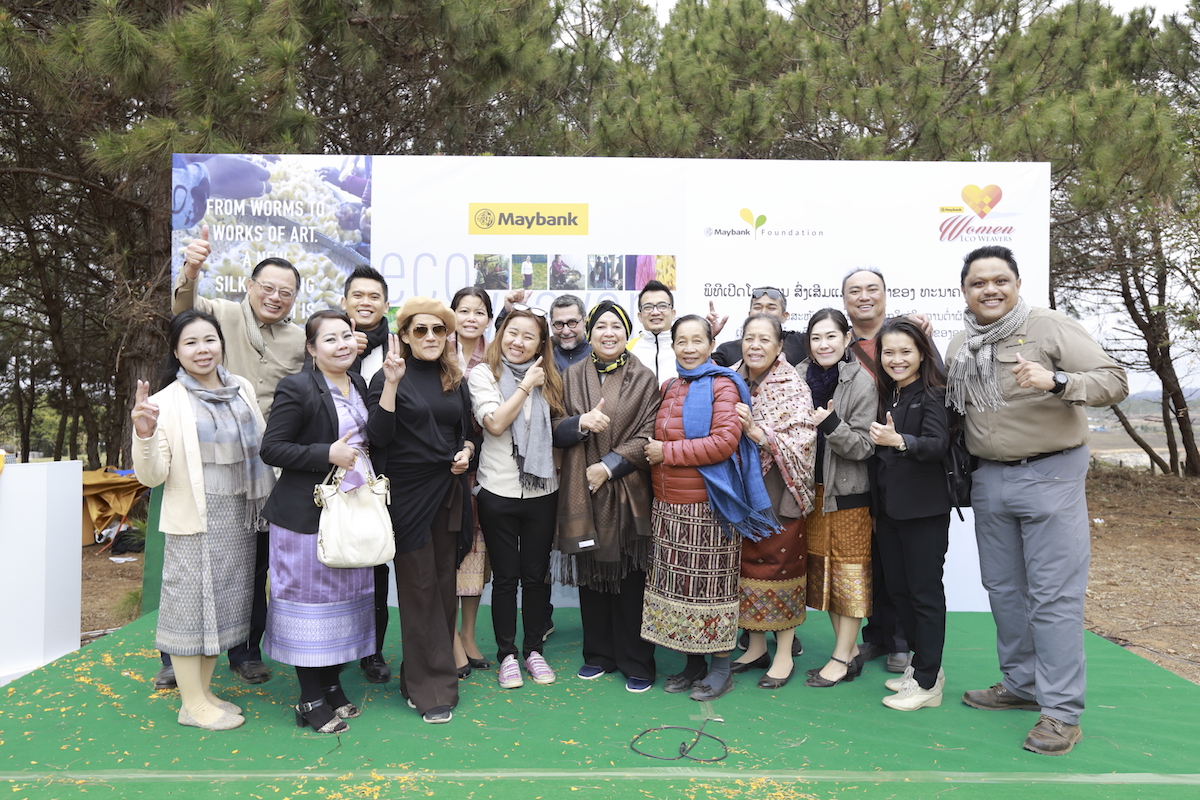
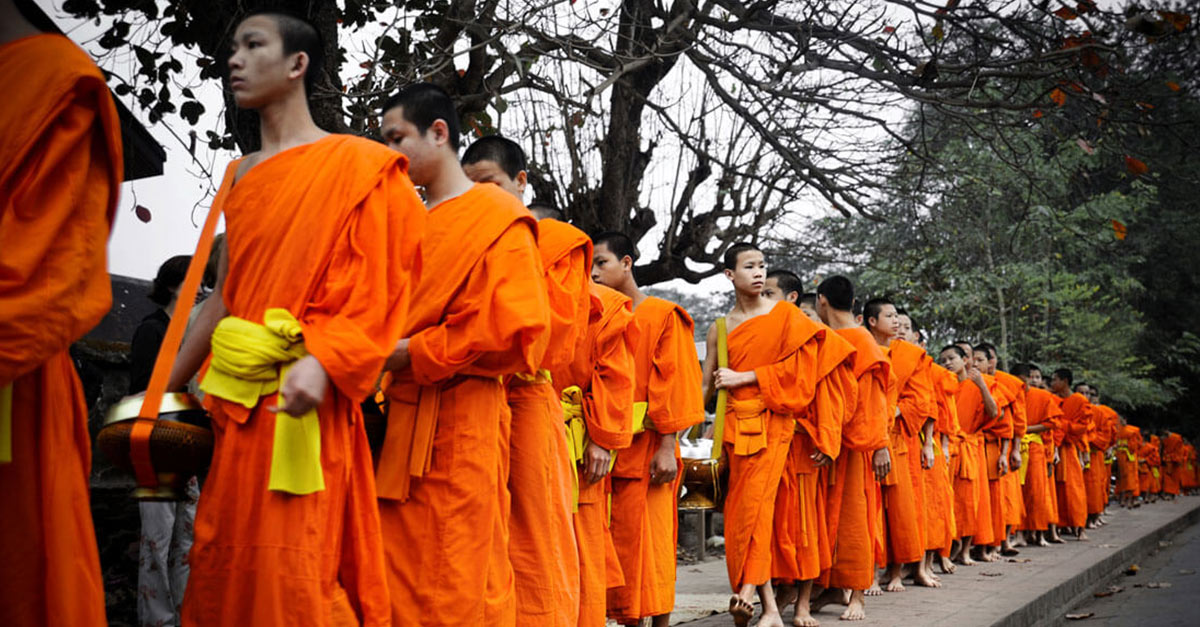
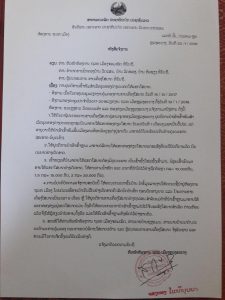

 That was in 2014, and the company began with three staff and a handful of clients. Today, McGraw works alongside his wife Khammone; ACC employs 130 people and has more than a dozen clients, including Unitel, Pizza Company, Ford, Lao Airlines and Unicef.
That was in 2014, and the company began with three staff and a handful of clients. Today, McGraw works alongside his wife Khammone; ACC employs 130 people and has more than a dozen clients, including Unitel, Pizza Company, Ford, Lao Airlines and Unicef.


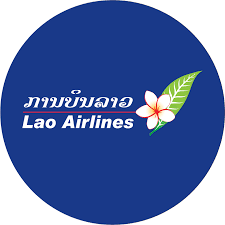

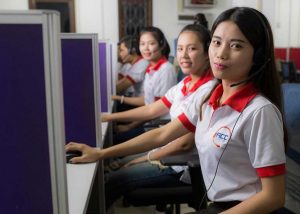 With a 24-hour service and many multi-lingual staff, it’s not surprising that businesses that choose to outsource to ACC see an increase in sales almost immediately – up to 20% from the very first day, according to Pizza Company.
With a 24-hour service and many multi-lingual staff, it’s not surprising that businesses that choose to outsource to ACC see an increase in sales almost immediately – up to 20% from the very first day, according to Pizza Company. And unlike in many western countries, where call services are outsourced to foreign countries to save on staffing costs, Lao clients have different reasons for choosing a call center – to increase sales or improve the quality of its service.
And unlike in many western countries, where call services are outsourced to foreign countries to save on staffing costs, Lao clients have different reasons for choosing a call center – to increase sales or improve the quality of its service.

